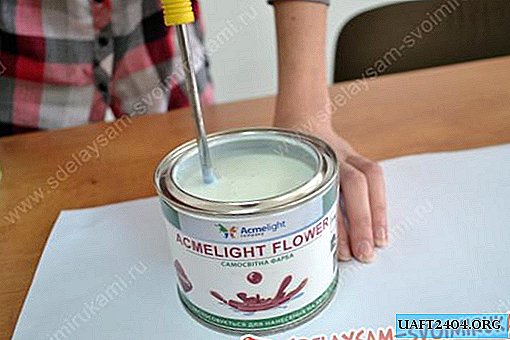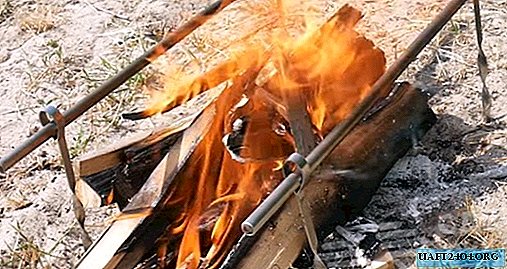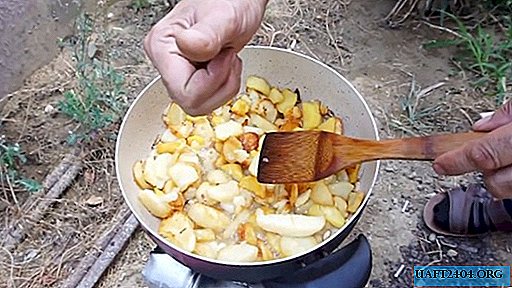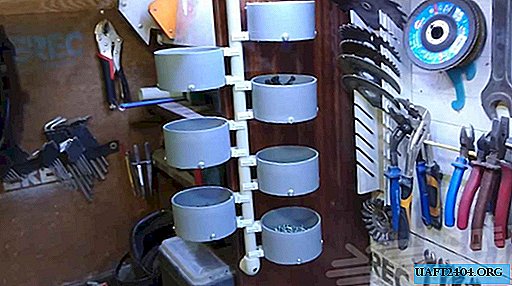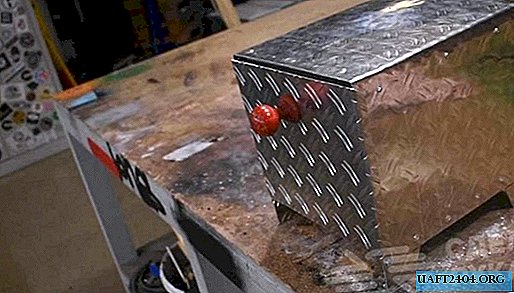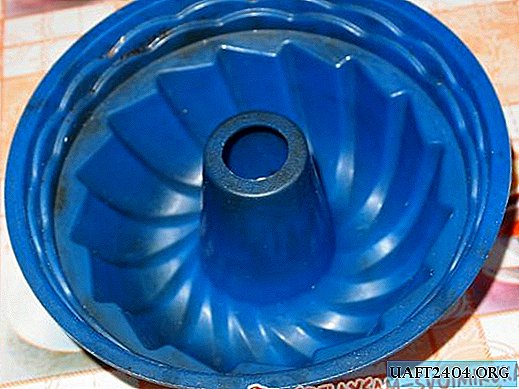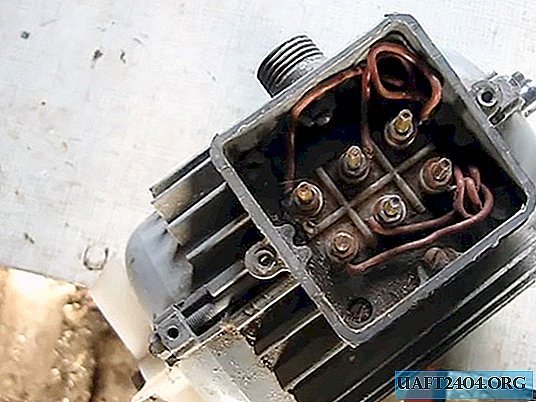Share
Pin
Tweet
Send
Share
Send
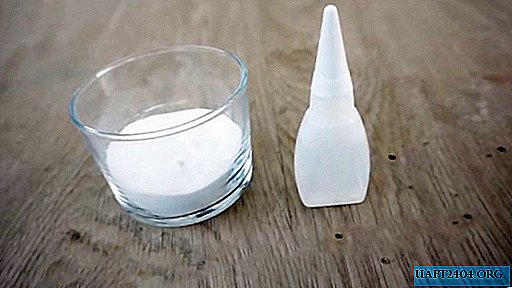
Probably every homemade man or craftsman already knows that if gluing something sprinkle super glue with soda, then these compounds will be several times stronger. But is it really so? What happens to superglue when baking soda enters it? By the way, instead of it, you can use edible salt finely ground - extra.
We test baking soda in conjunction with superglue
Pour a small hill of soda onto the surface. Spill it with super glue.

Everything froze right there. By the way, heat is released and everything heats up. To test the strength, beat the tubercle formed with a hammer.

It is completely reliable. No cracking or spalling. Unless, of course, strike normally without fanaticism.
Next, pour soda into the matchbox and spill it with super glue.

Let's try to drill and cut the thread in the resulting rectangle.


Screw the bolt.

It keeps pretty reliable.

At least you can't just tear it out with your hands.
Gluing surfaces
There is a plastic watering can with a crack on its side.

We glue its strait first superglue on the crack.

And then sprinkled with soda.

We check the tightness by filling the watering can with water.

Everything is dry, no leaks!
Next, glue off the broken plastic in the same way.

Spill, sprinkle.

Repeat several times.

In the end, everything is held securely.

Output:
Yes, indeed, the connection is much stronger than when using just superglue.
Repair based on such gluing is quite suitable for components and parts where there are no significant loads.
Another huge plus is that the hardening occurs instantly in comparison with an adhesive based on epoxy resin, although the hardness of soda with superglue is inferior. But compared to epoxy, super glue has the best adhesion to the bonded surface.

So for a quick repair, a better and more reliable method I personally do not know yet and always use it.
Share
Pin
Tweet
Send
Share
Send

